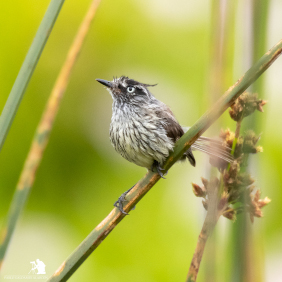Environmental factors related to Influenza A virus occurrence in wild birds
Factores ambientales relacionados con la presentación de virus influenza A en aves silvestres

Show authors biography
Research and interest in avian influenza virus have increased considerably in recent decades in response to highly pathogenic avian influenza outbreaks in poultry and its zoonotic potential. Wild waterfowl are the main reservoir of the virus, therefore studying the dynamics of influenza A virus (IAV) infection in these populations is essential in order to understand its potential persistence in the environment and transmission to poultry and humans. It has been identified that environmental factors (such as temperature, rainfall, vegetation and landscape characteristics, among others) can play an important role in the maintenance and dissemination of the virus in the areas of concentration of wild birds. However, studies that include ecological aspects of the virus and explore the interaction between the prevalence of IAV in wild birds and environmental factors remain scarce. This review summarizes research efforts that have been made to identify the environmental factors involved in the persistence and transmission of IAV in areas of wild bird concentration and how these factors may influence the prevalence of the virus in these populations, generating differences in the presentation of the infection among different geographical areas.
Article visits 2781 | PDF visits























